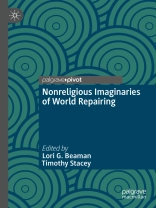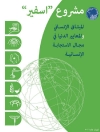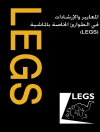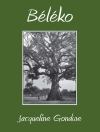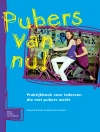The world is confronted with multiple intersecting crises including exploitation, inequality, political polarization and climate change. World-repairing work is vitally needed. But just at a time when humans most obviously require robust moral imaginaries on which to draw, it is no longer clear what kinds of beliefs, meanings, stories and encounters inspire them to act. We know that nonreligious identities are on the rise in numerous countries throughout the world. But with so much focus on the “non” part of nonreligion, what we don’t know is what nonreligious imaginaries actually look, sound and feel like. What do nonreligious people believe in? What stories inspire them? In what moments do they find meaning? This book seeks to answer these questions through a series of short essays exploring the nonreligious imaginaries that emerge in a range of world-repairing practices, including ethical consumption, community organizing, eating habits, and environmental activism. In so doing, the book provides a crucial contribution to two areas of increasing social and political concern: First, the need to understand not only what nonreligious people are rejecting but also their sources of meaning and action. Second, the urgent need for cultural tools for mobilizing people towards more compassionate and sustainable practices.
Tabella dei contenuti
Chapter 1: Introduction, by Lori Beaman and Timothy Stacey.- Chapter 2 : Theoretical and methodological background to understandings of (non)religion, by Peter Beyer.- Chapter 3: How New is the Study of Nonreligion? Theological Contributions to the Emergent Reflection on Nonreligion in Social Sciences, by Solange Lefebvre.- Chapter 4: Going, Going, Gone? Canadian Churches and the Rise of Non-Religion, by Brian Clarke.- Chapter 5 : The mobilization of religious and nonreligious imaginaries in Argentine sexual politics, by Hugo H. Rabbia and Juan Marco Vaggione.- Chapter 6: Cultural Creatives: Embodiment of A Trans-Modern Vision, by Julia Itel.- Chapter 7 : Reweaving spheres: towards an ultimate meaning of practice, by Timothy Stacey.- Chapter 8 : Not radical, not preaching, but reaching out to others: Nonreligious expressions of identity and relationality through food, by Anna Sofia Salonen.- Chapter 9 : ‘World-repairing’ and ‘non-religious’ in law: antithetical notions or new mindsets?, by Dia Dabby.- Chapter 10 : Collaboration Across Difference: New Diversities and the Challenges of our Times, by Lori Beaman.- Chapter 11 : Afterword: Towards an Understanding of Being Human, by Douglas Ezzy.
Circa l’autore
Lori G. Beaman is the Canada Research Chair in Religious Diversity and Social Change and Professor in the Department of Classics and Religious Studies at the University of Ottawa, and Principal Investigator of the Nonreligion in a Complex Future Project.
Timothy Stacey is a Lecturer in Religion and Politics at Leiden University, the Netherlands.
